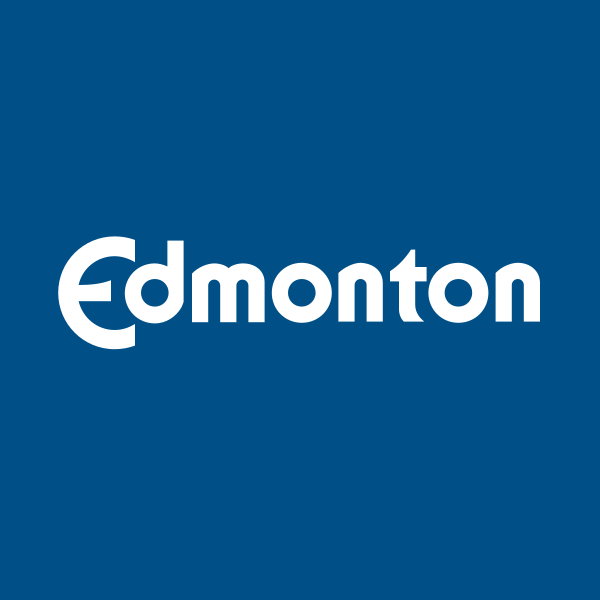EdwardEdm
Active Member
U2's are Siemens and Duwag built. Siemens only did the electrical equipment, of which some parts have been replaced by newer technology anyways. Regardless, it doesn't matter who produced the equipment. They are different fleets. They are not interoperable. Calgary did make their fleets interoperable to maximize fleet usage, but those mixed consists were for a short time and saw the SD160's operate in a degraded mode.Yes but both trainsets on the Capital and Metro Line (U2 and SD-160) are Siemens products so you're only dealing with one manufacturer. And besides, Calgary was already doing it successfully before Edmonton did: they introduced the SD-160s on their LRT alongside the U2s before we did on ours.
Additionally with Calgary, I would need to double check this, but I'm pretty sure their first few orders of SD160's were generally not operated with the Series 8 SD, which are the Edmonton style cars. As the older Series are being refurbished they are being made compatible to run with the Series 8's.
Who cares! So many examples of mixed fleets on the same line. First off is Portland TriMet with their original Bombardier cars which run coupled with a low floor Siemens SD660's to allow 1 low floor car per train. They further have Siemens S70 and S700's.By contrast nobody to my knowledge is running both Bombardier and Hyundai Rotem low-floor trains on the same line.
Sound Transit has a mixed fleet of Kinki Sharyo and Siemens cars as does Pheonix.
Sacramento started off with Siemens and added CAF cars, ditto in Pittsburgh.
That's partially the result of giving RTG, the Stage 1 P3 contractor, the job if operating, maintaining, and supplying vehicles for further extensions, even though other parties are doing the construction of the extensions. Given RTG's track record so far, who knows if that will prove to be a god choice.Even Ottawa, which has had nothing but problems with their Alstom Citadis Spirit trains, ordered more for Stage 2 of the Confederation Line in order to ensure commonality.
Edmonton did attempt to negotiate with Bombardier/ Alstom for additional vehicles but nothing came to fruition and the City tendered it instead, after trying lump it in with the rest of the WLRT package.

